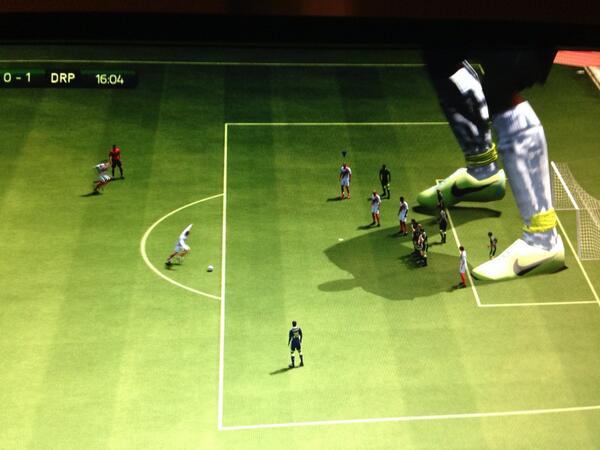

There are plenty of guides but I just took it step by step. The links I provided have instructions for each bit of software needed. You’ll need to be able to do things like flash the OS to a SD or USB drive and then be able to ssh into the Pi to install the camera software. Start here: https://www.raspberrypi.com/software/
There’s no programming skill needed but you should be comfortable with using the terminal, or at least be willing to learn. You don’t need to install a OS with a desktop, everything is done via the terminal.
After that’s done you can use VLC to view the feed and check it’s working before installing motioneye on a server. You just get the IP address of the camera and give the URL to VLC like this: rtsp://xxx. xxx. xxx.xxx:8554/h264
If you look at the whole thing in one go, it’s overwhelming, but if you break it into chunks it’s not too bad and it’s a good learning opportunity, if that’s your thing.





Yes. Get a working camera feed and go from there. For that, tackle the hardware side first - Pi, camera, power/ethernet, case, storage for the OS. Then install the OS and the camera software and test it. Mine are all indoors so you’ll have to see what kind of cases are weatherproof if you’re using it outside.
Exactly. VLC will be fine if you only want to view one camera. If you want to add more, do recording/motion detection, view them in a browser, etc. then MotionEye on a server works but there are other options. I know that the Synology NAS’ DSM OS has its own solution for managing all that stuff.